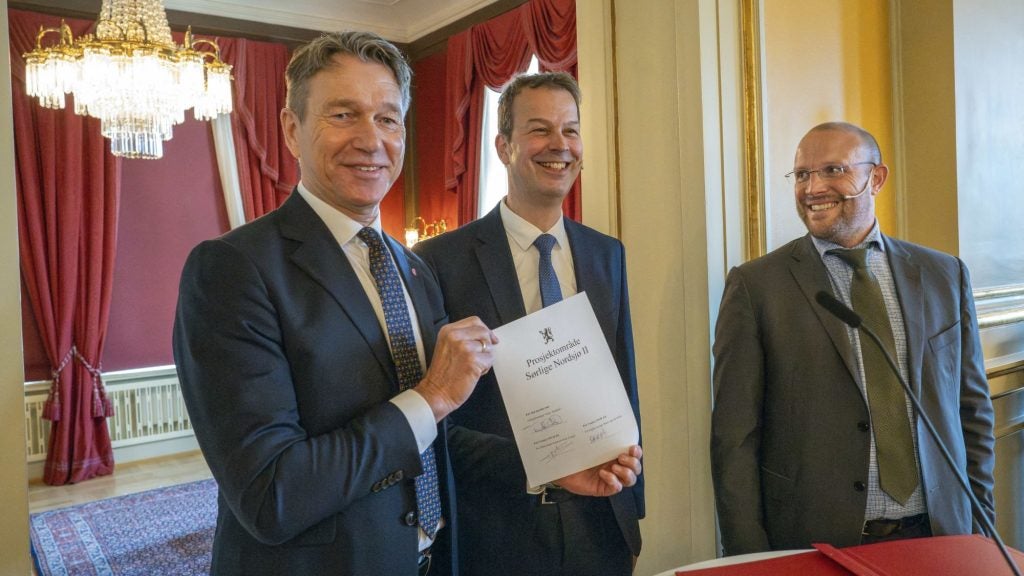Scotland-based energy giant SSE and Irish commercial firm Coillte have jointly raised €176m financing from three banks for developing the 105MW Phase II of the 169MW Galway wind park in Ireland.
The second phase is being constructed as a 50:50 joint venture between SSE and Coillte and expected to be over by next year.
Following its completion, the Galway wind project is expected to be backed by the REFIT II support scheme, which was started in March 2012.
The scheme covers small and large scale onshore wind, biomass landfill gas and small hydro projects with less than or equal to 5MW capacity.
Phase 1 of the project is owned and financed by SSE, for which construction has already been initiated in February 2015.
See Also:
BBVA, Coöperatieve Rabobank and NORD / LB are the three mandated lead arrangers for the phase 2 financing, while NORD / LB is the coordinating arranger. The firms will be contributing one-third of the total amount each.
How well do you really know your competitors?
Access the most comprehensive Company Profiles on the market, powered by GlobalData. Save hours of research. Gain competitive edge.

Thank you!
Your download email will arrive shortly
Not ready to buy yet? Download a free sample
We are confident about the unique quality of our Company Profiles. However, we want you to make the most beneficial decision for your business, so we offer a free sample that you can download by submitting the below form
By GlobalDataSSE renewables director Paul Cooley said: "Our investment with project partner Coillte at Galway Wind Park marks the most significant commitment yet that SSE has made in renewable generation here and reflects the exceptional quality of this Galway site for wind energy generation, as well as the outstanding project partnership that we enjoy with Coillte.
"We are now looking forward to completing construction and towards embarking upon a truly exciting partnership with Coillte throughout the lifetime of this best-in-class wind farm."
Once operational, the wind farm is expected to meet the energy demands of nearly 84,000 homes, and reduce 190,000t of CO2 emissions annually.






